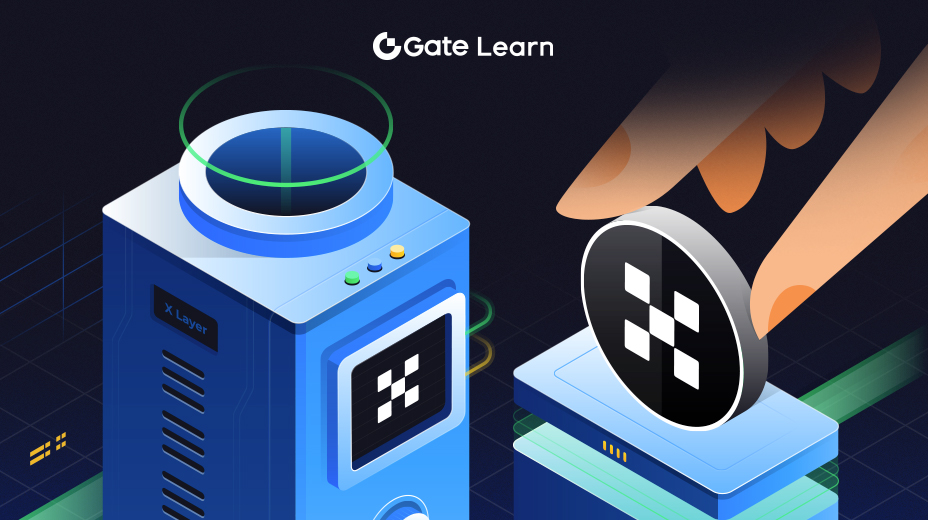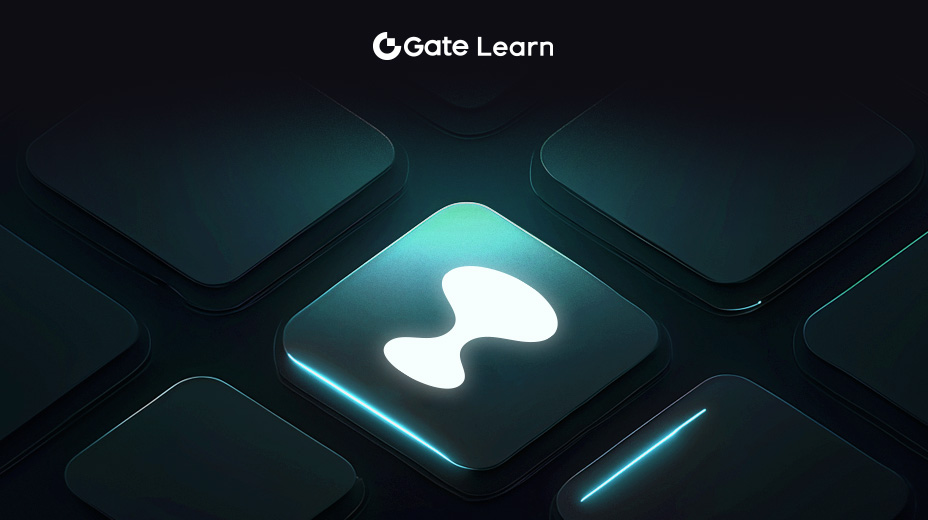Case Study: Ultrachess
This module is a case study on Ultrachess, detailing how it leverages Cartesi technology for gaming and tokenization.
Ultrachess Case Study
Ultrachess is a completely on-chain decentralized application (dApp) that leverages Cartesi Rollups to provide a transparent and innovative international chess gaming experience.
The platform allows users to place bets on chess tournaments using ERC-20 tokens, and players can participate directly in the game or deploy their own AI-powered chess engine as NFTs. These chess engines can compete autonomously, providing potential revenue opportunities for developers.
Technical architecture
Ultrachess is built on top of Cartesi's Layer-2 solution, using Cartesi Rollups to handle the computationally intensive tasks required for real-time chess gameplay. The game logic, including evaluating chess moves and determining the game outcome, is processed in the off-chain environment of the Cartesi Machine. This environment runs a full Linux operating system. This setup maintains the security and decentralized nature of blockchain technology while providing a user experience comparable to traditional online chess platforms.
Innovation Features
- AI Integration:Players can deploy customized AI chess engines that can participate in matches, maintain Elo ratings, and earn profits from victories. This feature introduces a new dimension to online chess, allowing AI engine performance to be monetized.
- On-chain betting:The platform allows players to place bets on matches, and the prize pool is distributed among the winners, third-party bettors, and the platform. This feature enhances the competitiveness of the game by allowing users to place real bets.
- Transparency and Anti-Fraud:By using a fully on-chain model, Super Chess ensures that all matches are transparent and verifiable. This eliminates the risk of fraud, which is a common issue in online chess, especially in environments where players use AI engines.
Development and Progress
Ultrachess is currently in the pre-Alpha stage, undergoing continuous development to improve functionality and optimize user experience. The project fully demonstrates the enormous potential of Cartesi technology in creating complex decentralized gaming applications. These applications cleverly combine the security of blockchain with the powerful computing capabilities of traditional gaming platforms.
Highlights
- Cartesi Rollups Architecture: Ultrachess uses Cartesi Rollups to move computationally intensive chess logic off-chain while maintaining the security and transparency of the blockchain.
- AI Chess Engine: Players can deploy custom AI-driven chess engines as NFTs, allowing for autonomous competition and potential earnings based on performance.
- On-chain betting: The platform supports using ERC-20 tokens for betting, and the stakes are distributed between the winner and the participants, enhancing the gaming experience.
- Transparency: The fully on-chain model ensures that all chess matches are transparent and verifiable, eliminating the risk of fraud and ensuring fair play.
- Ongoing Development: Ultrachess, currently in the pre-Alpha stage, demonstrates the potential of Cartesi in supporting decentralized games with advanced features and security.





